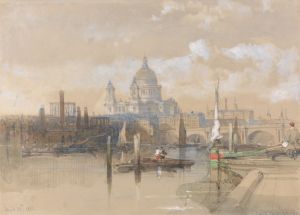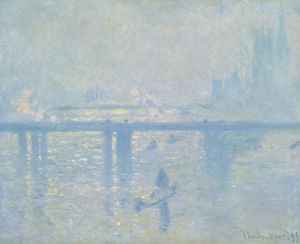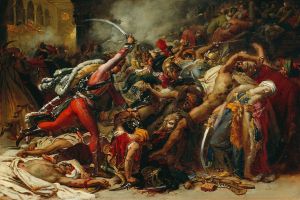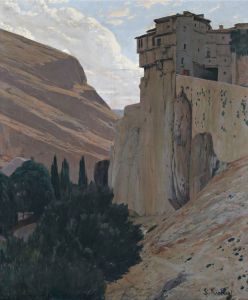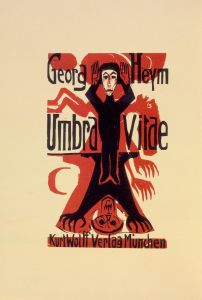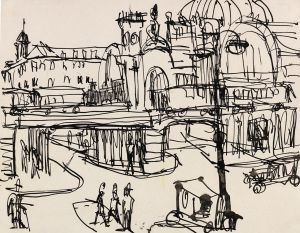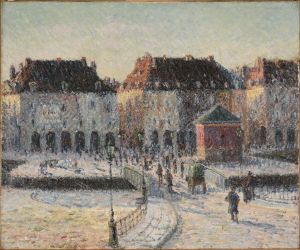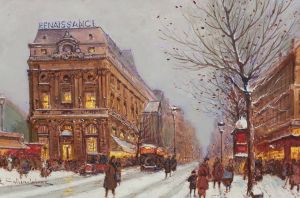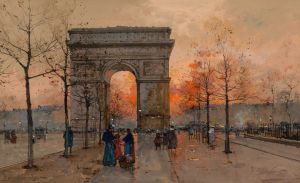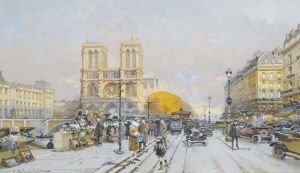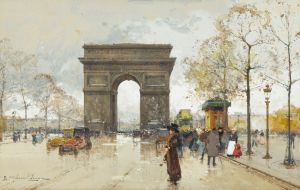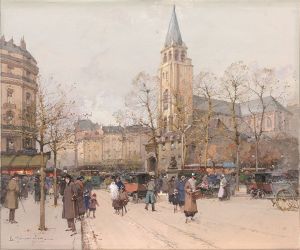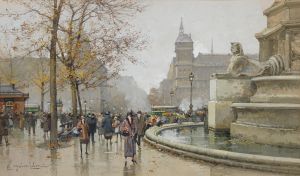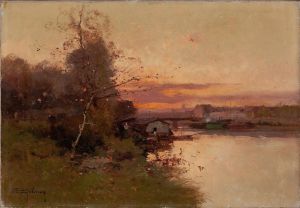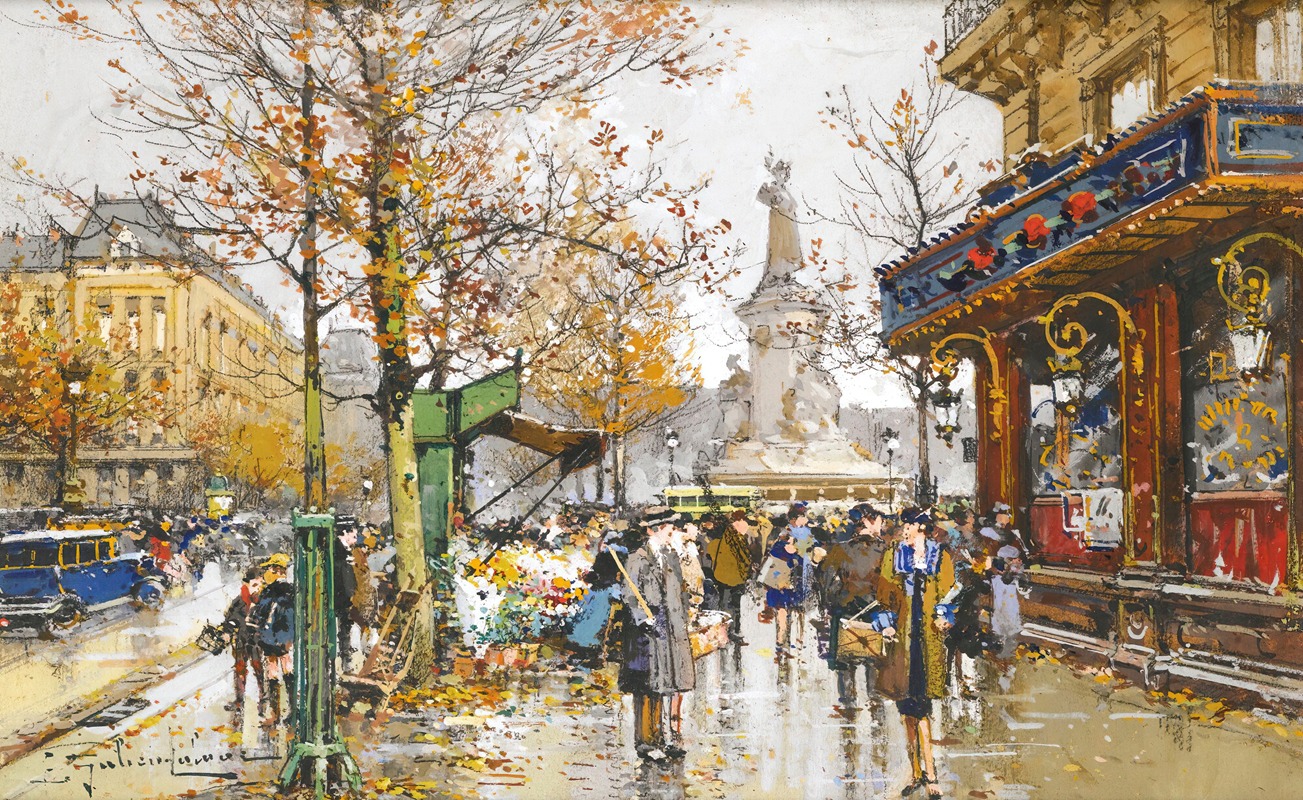
Place De La Republique
A hand-painted replica of Eugène Galien-Laloue’s masterpiece Place De La Republique, meticulously crafted by professional artists to capture the true essence of the original. Each piece is created with museum-quality canvas and rare mineral pigments, carefully painted by experienced artists with delicate brushstrokes and rich, layered colors to perfectly recreate the texture of the original artwork. Unlike machine-printed reproductions, this hand-painted version brings the painting to life, infused with the artist’s emotions and skill in every stroke. Whether for personal collection or home decoration, it instantly elevates the artistic atmosphere of any space.
Eugène Galien-Laloue was a French artist known for his picturesque depictions of Parisian street scenes, particularly those from the late 19th and early 20th centuries. His work is characterized by its attention to detail and the ability to capture the essence of urban life during the Belle Époque period. One of his notable works is "Place De La Republique," which exemplifies his style and thematic focus.
"Place De La Republique" by Eugène Galien-Laloue is an evocative portrayal of one of Paris's most iconic public squares. The Place de la République is located in the heart of Paris and has historically been a significant site for political gatherings, public demonstrations, and cultural events. Galien-Laloue's painting captures the vibrancy and dynamism of this bustling area, reflecting the everyday life of Parisians during his time.
Galien-Laloue was born in Paris in 1854 and began his artistic career in the late 19th century. He was particularly known for his ability to depict the changing seasons and times of day, often using a palette that conveyed the atmospheric conditions of the scene. His works frequently feature the interplay of light and shadow, which adds a sense of realism and depth to his urban landscapes.
In "Place De La Republique," Galien-Laloue employs his signature technique of gouache on paper, a medium that allowed him to achieve fine detail and vibrant color. The painting likely showcases the square bustling with activity, with pedestrians, horse-drawn carriages, and the architectural grandeur of the surrounding buildings. Galien-Laloue's attention to detail is evident in the way he captures the nuances of the scene, from the clothing of the figures to the reflections on wet pavements, a common feature in his work that adds a layer of authenticity and movement.
The Place de la République itself is a symbol of French republicanism and has undergone several transformations over the years. It is dominated by a large bronze statue of Marianne, the personification of the French Republic, which was erected in the late 19th century. This statue and the square's historical significance as a site for public expression make it a fitting subject for Galien-Laloue's artistic exploration.
Galien-Laloue's paintings, including "Place De La Republique," are celebrated for their ability to transport viewers to a bygone era, offering a glimpse into the daily life and urban environment of Paris during a time of great cultural and social change. His works remain popular among collectors and art enthusiasts, appreciated for their historical value and artistic merit.
Throughout his career, Galien-Laloue produced a vast number of works, often signing them with pseudonyms such as "L. Dupuy" or "Juliany" to circumvent contractual obligations with galleries. Despite this, his distinctive style and subject matter have made his paintings easily recognizable and highly sought after.
In summary, "Place De La Republique" by Eugène Galien-Laloue is a testament to the artist's skill in capturing the essence of Parisian life. Through his meticulous attention to detail and masterful use of color and light, Galien-Laloue provides a window into the vibrant atmosphere of one of Paris's most significant public spaces during the late 19th and early 20th centuries.





